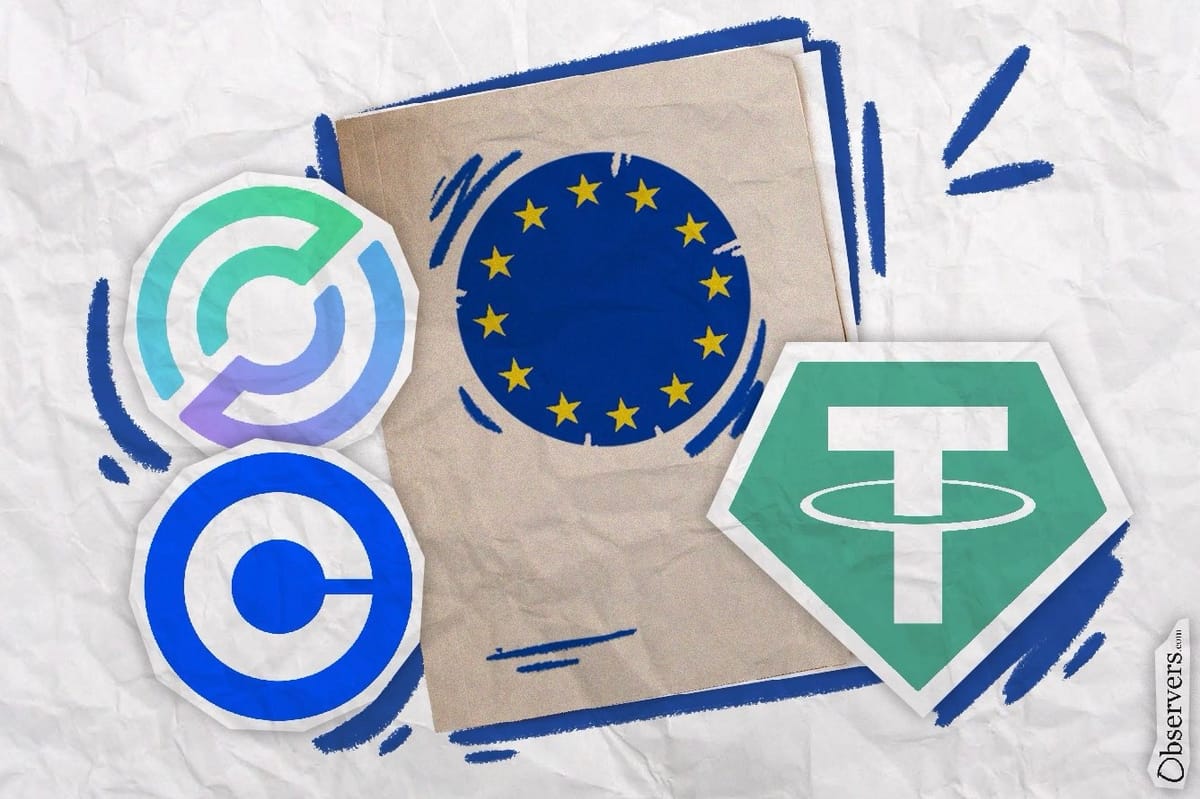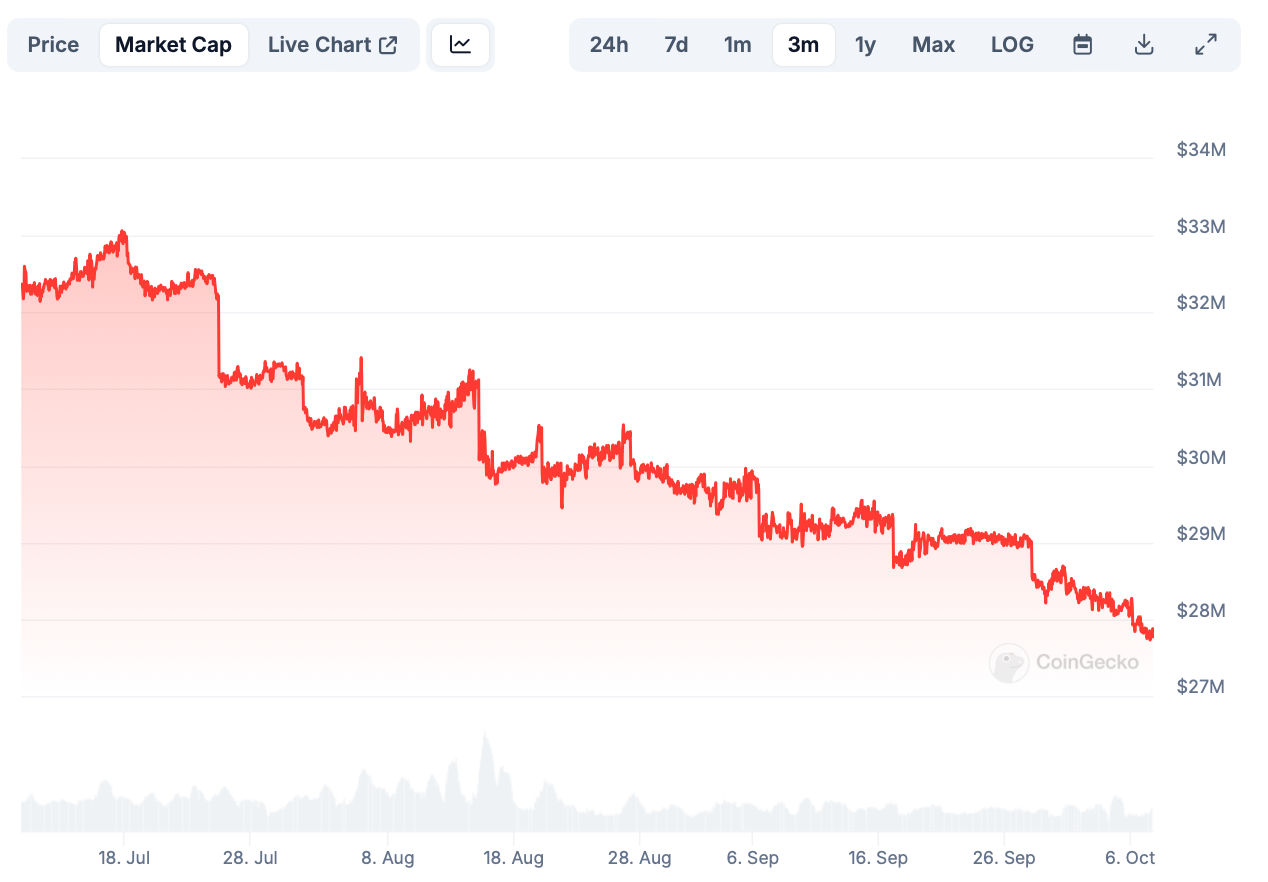
Coinbase has reportedly set December 30, 2024, as the final deadline for stablecoins to comply with the EU’s Markets in Crypto-Assets (MiCA) regulation. Afterwards, the exchange will delist all unauthorized stablecoins from its crypto exchange in the European Economic Area. By that time, MiCA requirements are expected to be fully implemented. Coinbase will allegedly allow users to convert their holdings to compliant options like EURC and USDC.
“Given our commitment to compliance, we intend to restrict the provision of services to EEA users in connection with stablecoins that do not meet the MiCA requirements by December 30, 2024,” – the company representative told Bloomberg.
Although no coins were mentioned directly, USDT, the leading stablecoin from Tether, and its euro-denominated twin EURT are the prime suspects. Earlier, the company's CEO expressed concerns over MiCA's requirements, claiming that cash deposits might introduce new risks to both the local banking system and stablecoins. So far, they haven't complied with the new regulation despite reportedly being in close dialogue with EU regulators.
Europe, the second-largest cryptocurrency economy in the world, is an important market, and Tether's total removal might give its main rival, Circle, a strong competitive edge. Its main product, USDC stablecoin, was jointly launched by Circle and Coinbase in 2018. Then, in 2023, Coinbase acquired an equity stake in Circle. The revenue and interest income generated from USDC are shared by the two companies. Thus, Coinbase's decision is not only compliance-driven but also financially motivated.
Other exchanges earlier announced the delisting of USDT and other non-compliant stablecoins and introduced measures to comply with the regulation. After the enactment of MiCA's first regulations, Circle's presence in the EU market started to grow. EURC, a euro-pegged stablecoin by Circle, has surged in market cap and volume globally, more than doubling over the last three months. In contrast, Tether's EURT has seen a decline.


Acknowledging the severity of the situation, Tether announced that it is developing a technology-based solution tailored for the European market, intended to address the complexity and risks introduced by MiCA. Though no details were shared, we suggest that it may involve the deployment of new smart contracts ensuring liquidity, compliance, and reserve transparency, the development of a specific system that automates adherence to the regulations, or even the launch of a new stablecoin designed to meet MiCA's stringent standards.
Although Tether and Circle are the main players in the stablecoin arena, there are more participants in this race. Driven by the opportunity, some DLT startups and even established financial institutions in Europe are now launching their own stablecoins to capture market share. This August, tech-driven bank Banking Circle became the first bank in the EU to issue a MiCA-regulated stablecoin. The same month, France-based FinTech company Next Generation and Ireland electronic money institution Decta announced that they are discussing a launch of a Euro-pegged stablecoin.

